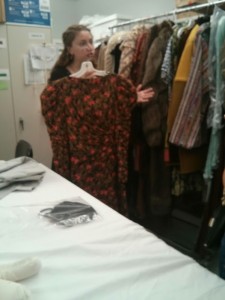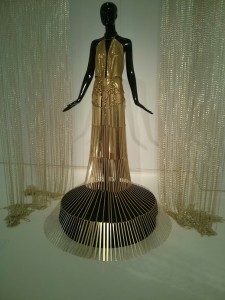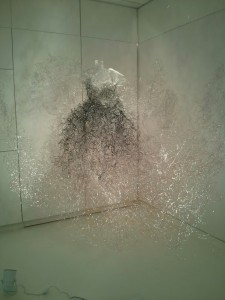As I opened the red message box on Facebook from my (now ex) boyfriend and slowly read “We need to talk” I already knew it was over. An over that I needed badly after being in a brief, but nonetheless verbally offensive relationship. He broke up with me (both as he said and as I perceived) because I was too fat.
Despite having such a (no pun intended) growing body of friends, family, and overall people that loved me and saw past my physicality and loved all aspects of my psychical being, the words from a partner hurt more and still vibrate a month after the break up. It vibrates when, after he muttered the words “I don’t go to the gym to date a fat girl”, my tics from childhood came back – shaking my foot up and down in a restless leg syndromic way, and biting my cuticles until they bled. Tics that had been around since my cousin passed away when I was 6. Tics that my psychologist from CAPS said existed because of my bi-polar and ADHD tendencies. Tics that I learned were non-verbal cues that told people I was a ticking time bomb – “Oh I just thought you were an overall anxious/antsy girl”.
This was all I could think about when Lyn asked us to pose in the position of activity you do the most. Even posing caused anxieties to flare up. And even writing this post I had to bandaid a finger after chewing away at my cuticles for the past hour remembering all the hurtful things I had to erase from the past month.
Why do I share such an intimate story to a group of Rose Scholar bloggers?
Because nobody should have to go through the verbal abuse that I went through. A verbal abuse that went on months too long, and completely destroyed any body positivity I had accumulated. Especially at Cornell, physicality is treasured and those who don’t fit into that trove are casted out.
Because I know how it feels like to be told you’re not enough and to somehow find the strength to see past the pain right now.
Because he has not stopped me from fully embracing and going to small sessions called “Love Your Body”.
Because during the session, when Lyn told us to draw yourself, I didn’t know she meant draw your body too.
Because as I stood there, the only one with a face portrait, and was asked to point out five things they love about their physical self, I couldn’t think of one.
Because this is the last time I want to speak of him and let his hurtful words influence anything I do.
Because I spend time out of my day (instead of studying) trying to find posts online from people who have went through this type of physical negation.
So that I can resist the urge to message him again.
‘Because if you ever find yourself explaining to someone your value, you have already forgotten your worth…‘
So to anyone fighting for their right to live in their homes; their bodies, please read below:

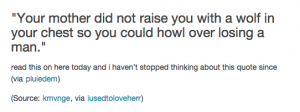
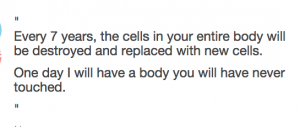


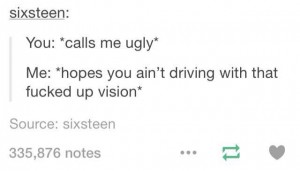

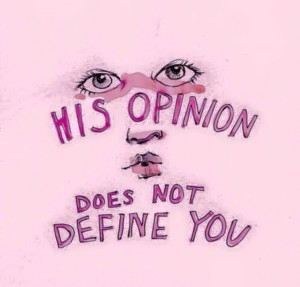
http://latinarebels.tumblr.com/










